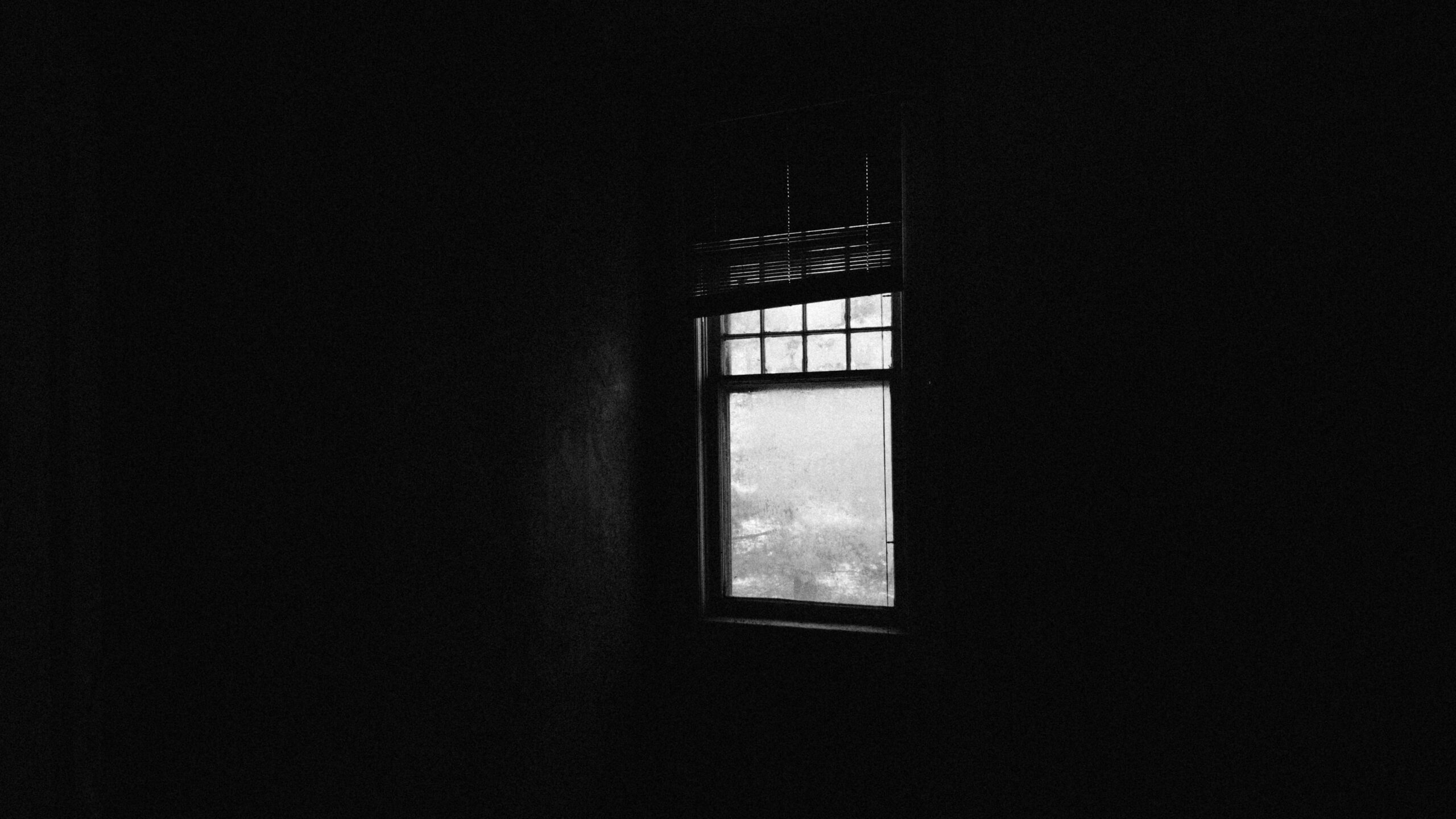
As the pandemic hit, we had to pull the plug on our Spring and Summer programme. We were left with a blank page. As we thought about how to fill it, one of the first projects to emerge was our ‘in the rough’ exhibition. We wanted to collate and exhibit the artwork that was going to be produced during this time. The pandemic certainly hasn’t been a creative muse for all artists but, for many, as we guessed, it has turned out to be an environment very conducive to creative productivity – and some of that has been captured in our simple online gallery.
Some of the work was simply people processing creatively to help them stay sane. Some pieces were conceived of before we’d ever heard of wet markets, furloughs and lockdown and the pandemic simply allowed these ideas to be brought to completion. However, other pieces in the exhibition either stand as powerful documents of 2020 or commentaries on the events of the past year.
The jazz musician Max Roach once wrote:
‘Two theories (of art) exist. One is that art is for the sake of art. That is true. The other theory, which is also true, is that the artist is like a secretary… He keeps a record of his time.’
Several artists in and around our network have performed this function admirably this year. Five images stand out for me in this regard.

‘Isolation Bedroom’ – Hannah Carroll
A number of friends have told me that they struggled to get out of bed for days on end in the Spring, but even for those of us who dived straight into PE with Joe or home renovations, I’m sure Hannah Carroll’s ink sketch ‘Isolation Bedroom’ will resonate with you. We all got to know the four walls of our isolation bedrooms (and kitchens and living rooms) very well over those first few months!

‘Friar’ – Benjamin Harris
And when, in mid April, we did gaze out of our windows (an image that I’ll return to again and again in these posts) or go out for our rationed hour of exercise, this is what we saw. Empty roads and closed shops. This painting, ‘Friar (Oil and blood on canvas)’ is part of Benjamin Harris’ ongoing series focusing on the St George’s flag. This piece is probably best viewed in contrast to the other pieces in the series. In ‘St George (oil on board)’ and ‘Victoria Square’, the flag (painted in the artist’s blood) is a symbol for people to rally around. It’s not just that, in both paintings, the object is surrounded by people, it’s the fact that many of these people are gathering to the flag itself. In Friar, on the other hand, the flag continues sending out its rallying cry, but nobody can hear it. That could be viewed as a good thing because of what that flag has come to represent but, for some reason, the idea of a failed rallying cry has a deep air of melancholy about it for me. I find this a haunting and evocative image.

‘Untitled’ – Pyper Jozef Egerton
But then a new feeling set in. Perhaps it wasn’t so bad in our isolation bedrooms after all. Perhaps the stillness of our empty streets didn’t only speak of absence but was also an invitation to notice the world that has always been there, but that we’ve ignored in all of the commerce and commuting. Pyper Jozef Egerton’s hopeful, untitled image is a step outside of the isolation bed and, for me, signals the beginning of an appreciation of the enforced sabbatical that both we and the world around us had to come to terms with. Of course, it probably helps your general mood if you have this sort of view to look out at but, all the same, I can certainly remember the days when the stillness of the outside world turned from an eerie source of fear to a source of wonder.
‘Cabin Fever’ / ‘Crossing Borders’ – Jennifer Litts
Jennifer Litts’ two pieces, ‘Cabin Fever’ and ‘Crossing Borders’, bring a number of these themes together. We didn’t have to just reconcile ourselves to an unhurried, unsullied natural world, but also to each other. And I’d like to hope that we did. We found ways to get out of our boxes to support and comfort each other. It may not have involved the physical touch presented in the second piece, but as we got to grips with the situation and the technology at our disposal, we found meaningful ways to connect.
So, that was some of what happened and that may well echo some of what we felt at different points over the year, but what did it all mean? Tomorrow, I’ll highlight some more artworks that look to more deliberately get beneath the skin of what happened this year.


